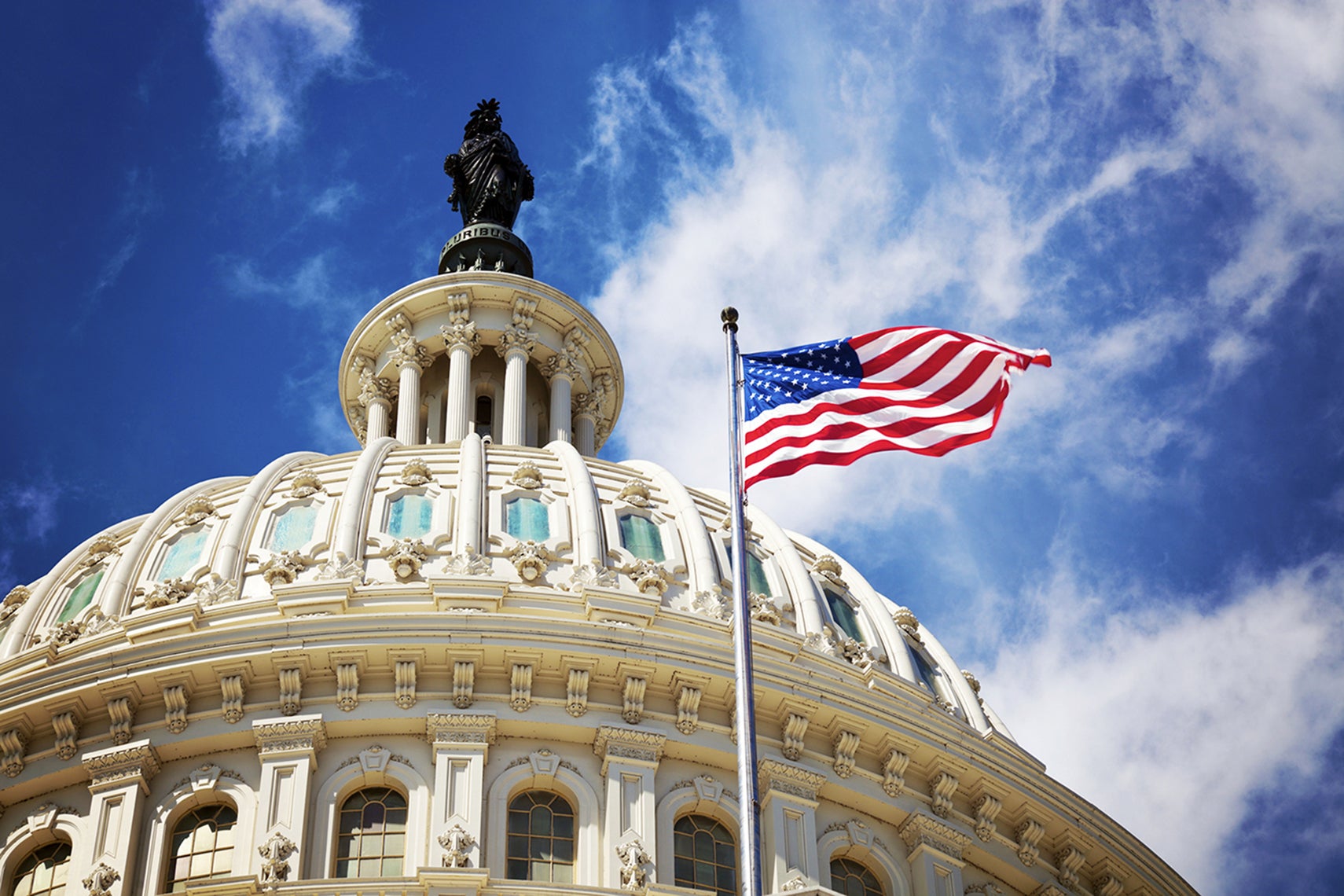1 December 2016 Legislative News Update
1 December 2016 Legislative News Update

DEAL REACHED ON 2017 NDAA
A halt to the drawdown of Soldiers was only one of the items AUSA cheered as the details of a negotiated annual defense policy bill were released.
The topline for the National Defense Authorization Act (NDAA) for FY 2017 is $618.7 billion including $67.8 billion for the overseas contingency operations account and the president's supplemental $5.8 billion request.
Force Levels. Earlier this year, AUSA waged an aggressive campaign to urge members of Congress to back legislation that would limit reductions in the Army and Marine Corps, a pause that would allow the next president to assess land force capabilities and needs before deciding troop levels. Elements of the bill, offered by Rep. Chris Gibson, R-N.Y., and Rep. Mike Turner, R-Ohio, chairman of the House Armed Services Committee’s tactical air and land forces subcommittee, were included in the House version of the NDAA. We are very pleased that it was included in the final bill.
In a statement, AUSA President Gen. Carter Ham, USA, Ret., said, “We are pleased the bipartisan agreement stops and slightly reverses reductions in the number of soldiers. For the Regular Army, this means 16,000 more soldiers. For the Army National Guard, this adds 8,000. And for the Army Reserve, the agreement represents a 4,000 increase. We are glad the Army is authorized additional resources to cover the added personnel costs.”
We would have preferred the additional personnel costs be part of the base budget, rather than overseas contingency operations funding. A goal for next year will be to secure permanent funding.
Pay Raise. Another reason to cheer is the 2.1 percent pay raise negotiated by lawmakers. The White House and the Senate had pushed for a 1.6 percent pay raise. The higher raise matches the projected increase in private sector wages and would be the first time in six years the pay raise tops 2 percent.
Basic Allowance for Housing. AUSA was strongly opposed to a provision included in the Senate’s bill that tied basic allowance for housing (BAH) to service members’ actual rent and utilities costs rather than a flat-rate stipend based on estimated housing costs within a zip code. Additionally, for dual-military couples or housing sharers, the Senate wanted to divide BAH by the number of service members in domicile.
AUSA prevailed. The provision was not included in the final bill.
Military Health Care. Good news for current military personnel and retirees, the conference report will not raise TRICARE fees or co-pays for you. It will, however, increase enrollment fees, deductibles, catastrophic caps, and co-pays for beneficiaries who join the military on or after January 1, 2018.
The agreement does remove responsibility for military treatment facilities from the individual services and consolidates it under the Defense Health Agency, beginning October 1, 2018.
AUSA remains concerned that the overhaul of the management of military health care programs could reduce the Army's ability to allocate its own medical resources. This is an issue we will monitor closely as it progresses.
Some of the other health care-related provisions include:
- The establishment of an open enrollment period with a grace period during the first year of open enrollment
- Renaming the TRICARE Preferred health plan option to TRICARE Select
- Improvement to access of urgent care services in both military medical treatment facilities (MTFs) and the private sector. The provision would ensure that covered beneficiaries have access to urgent care services through the health care provider network under the TRICARE program, without the need for preauthorization, in areas where no MTFs exist for those services.
- Expanded business hours on weekdays and weekends
- Implementation of a standardized appointment system in the military health system by January 1, 2018
The measure also mandated changes to the Defense Department’s organizational structure by eliminating the position of undersecretary of defense for acquisition, technology and logistics. Instead it splits the position into two - an undersecretary of research and engineering and an undersecretary of acquisition and support.
It also removes the U.S. Cyber Command from the U.S. Strategic Command and elevates it to a full combatant command.
Overall, with some exceptions, AUSA is pleased with the bill. The House is scheduled to vote on the measure Friday with the Senate vote coming next week.
STOPGAP UNTIL MAY??
Not only is AUSA NOT cheering an extension of the stopgap spending measure into next year, we are actively booing the prospect that it could last until April or May.
Defense Secretary Ash Carter expressed his displeasure over the prospect in a letter to Hill leaders.
His letter to House Speaker Paul D. Ryan, R-Wis., and Senate Majority Leader Mitch McConnell, R-Ky., said, “A short-term CR is bad enough, but a CR through May means DOD would have to operate under its constraints for two-thirds of the fiscal year. This is unprecedented and unacceptable, especially when we have so many troops operating in harm's way. I strongly urge Congress to reject this approach.”
Carter’s missive will probably fall on deaf ears. House and Senate leaders said Wednesday that the new stopgap spending bill will almost certainly stretch into April and possibly longer due to the Senate's crowded 2017 schedule that will include confirmations of the incoming cabinet.
We will know soon what direction Congress will take. The current stopgap measure expires on Dec. 9. The text of the new version should be released next week.

